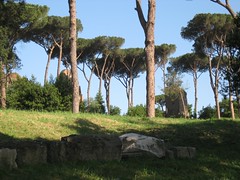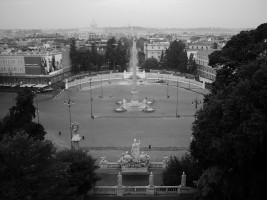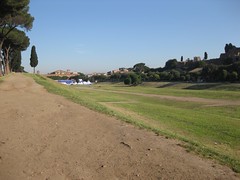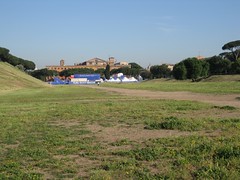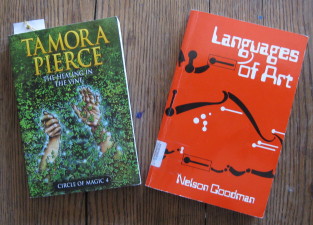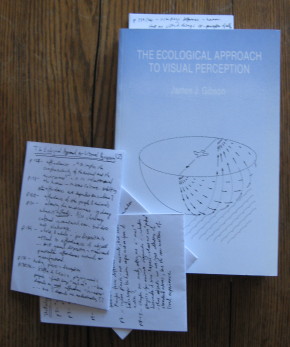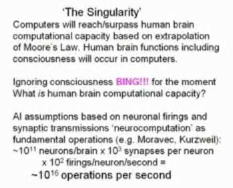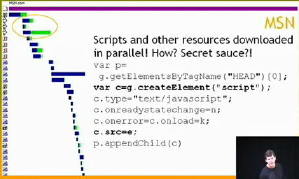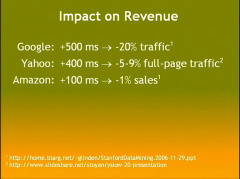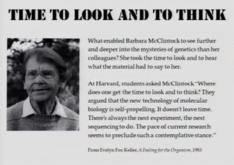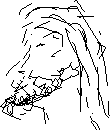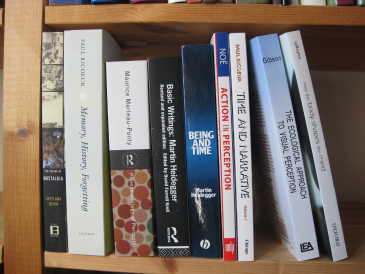Five weeks in Rome seemed like a long time, but with a week mainly in Milan and Trento and the coming week in India, in fact just three full weeks and they have flown by.
I had imagined long evenings reading philosophy of the physical world, and weekend afternoons under the shade of a tree on the Palatine Hill, but it didn’t quite work out like that.
Of the ‘work’ books I brought to Rome (and borrowed here), I have only read Gibson’s “The Ecological Approach to Visual Perception“, Goodman’s “Languages of Art” and Noe’s “Action in Perception“; and of the ‘fun’ books only Tamara Pierce’s The Healing in the Vine. I have flights back and forth to India next week, so may manage a bit more then, but mainly overnight, so I fear most of my bookshelf will return to the UK unread 🙁
One of the reasons is evident on a table in my office. Normally at home when I finish something the paper from it ‘goes away’ somewhere, but here as I have read something or finished with printouts I have been laying them out on an empty table in case I wanted to refer to them again. So the table is now covered, smothered, in the results of three weeks normal academic work. I am amazed, if not aghast, at the volume. The entire table between 50 and 500 sheets thick in paper, I’d guess somewhere between one and two thousand sheets of paper printed, read and to be discarded. I mentioned climate change in last post and, boy, it looks like one academic can wipe out most of the Amazon and drown the South Pacific single-handed.
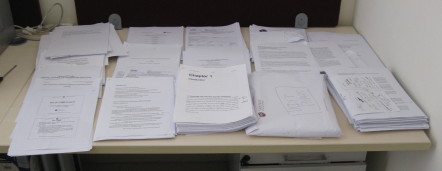
I have printed out a bit more than I normally would as I knew I couldn’t print things during the evenings at the apartment and so tended to do so ‘just in case’ before heading out of the office. So normally some of this would have been dealt with purely electronically, but nevertheless, the volume is frightening. And I don’t think this was a particularly unusual three weeks in terms of volume.
So what is here?
On the one side there is input: there is a PhD thesis, twenty of or so papers reviewed or meta-reviewed during the period, several papers given to me by people to read while here, one EPSRC grant proposal I reviewed, and a few piles of papers I was referring to in things I was producing during the period. On the output side during the three weeks two grant proposals have been submitted, one other needed extra work and a STREP is in process of preparation for the autumn, two journal papers, a book chapter, an article for Interfaces, some work on other papers, and a few internal reports for discussions about future work. Other things never saw paper: a couple of long blog posts (5000 words between them), three job references, innumerable emails, and the preparation for 33 hours of masters and PhD teaching and two other talks.
Although I often feel busy seeing all that paper makes it tangible and does shock me somewhat. But I know this is relatively normal; Aaron Quigley‘s twitter feed is exhausting just to read!
So, did I see much of Rome …
Well on one Sunday, with Manuela, Francesco and his daughter I visited the annual open-air art exhibition of the 100 painters in Via Margutta (between Piazza di Spagna and Piazza del Popolo). One of the artists was, Paul Van den Nieuwenhof, a friend of Manuela and Francesco from whom they had recently bought a still life (apples). Paul’s real passion is more avant-garde installations, but the still lives are mainly focused on the Italian market where modern art is not so popular. Looking at his more traditional paintings I was impressed again by the way an expert oil painter creates light from pigment: shapes and solids seem more the medium and the pure light the message.
Another Sunday I took lunch in a pizzeria on the Trastevere (my favourite place for both pizza and bread), and took a meandering path there nearly as far as St Angelo and sauntering along the Tiber … but mainly because I took the wrong road out of Largo di Torre Argentina. In the middle of Argentina is a large exposed ruin, and I was told (but by whom I have forgotten!) that this was where Julius Caesar was assassinated.
Incidentally, while in Milan (which I will write about separately sometime) I learnt that in Julius Caesar’s time it would have been pronounced Kaiser as in German today, the softer ‘c’ came later.
Apart from that I am ashamed to say no art galleries or exhibitions, and my main view of Rome has been the area between Termini station, the Department, and my appartment, ‘Al Colosseo’, a lovely location within sight (just) of the Collosseum (see below).
However, most mornings I have taken a run down past the Colloseum as far as Circo Massimo and one or more laps of that. It is a popular spot for morning runners, although I prefer it best when I get there a little earlier. Not to avoid the others, but because from about 7am when the sun starts to rise it gets so hot. The most interesting end of Circo Massimo is currently boarded off as they do works there and in the last 2 weeks the far end has turned into a mini-stadium for Beach Soccer, I assume to coincide with the UEFA football next week.
Tonight it will be another pizza evening and I am promised it will be at a place that specialises in Roman-style pizzas and those lovely deep fried vegetables. Italy is about sun and ruins, about design and expensive cars and the Vatican and bureaucracy, … but above all it is about food and friends.
